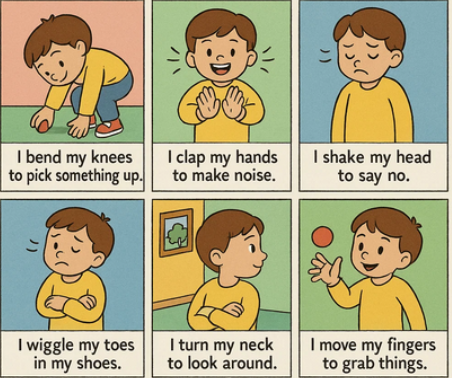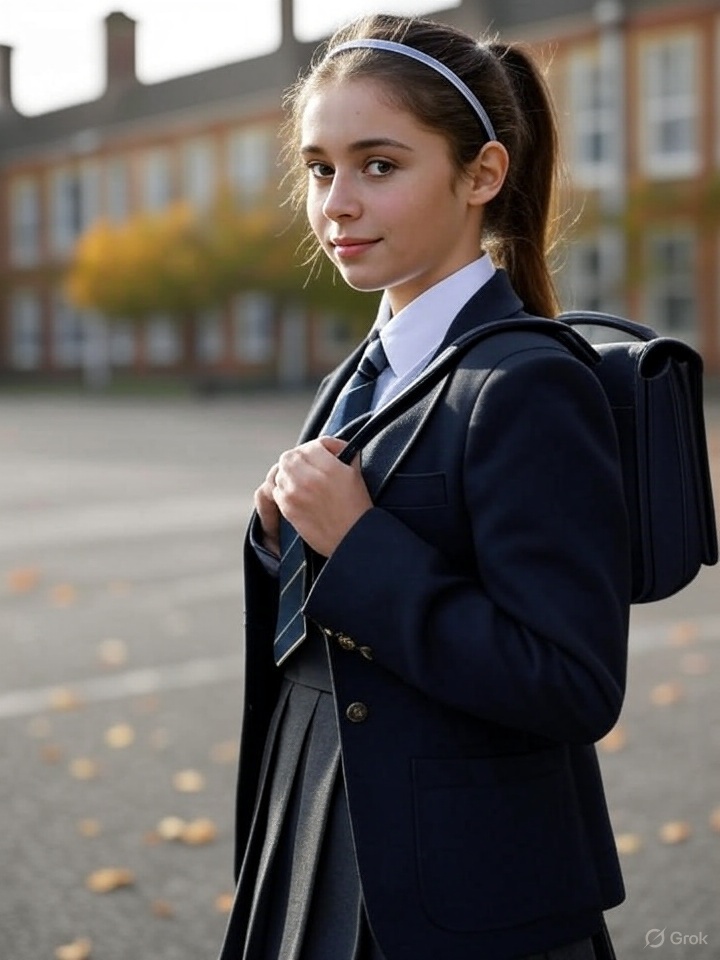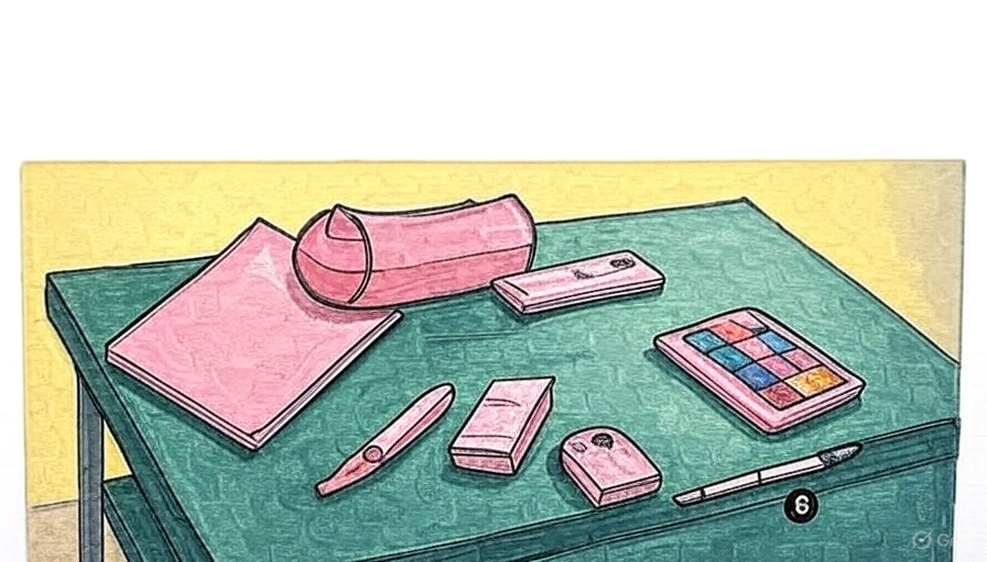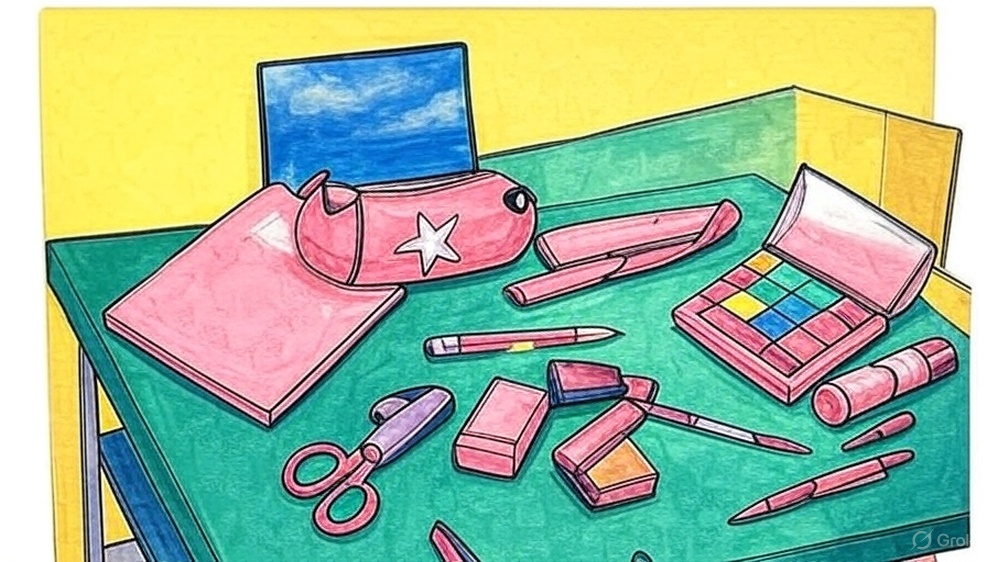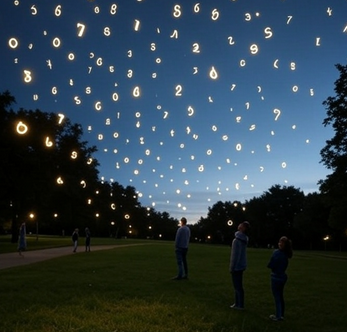“Pets, toys, and more: have you got…….?”
Story: “Tom and His New Friends”
Tom is at school. He meets a new friend, Anna.
Tom: “Hi! Have you got a pet?”
Anna: “Yes! I have got a cat. And you?”
Tom: “No, I haven’t got a pet. But I have got a bike.”
Anna: “Have you got a bike?”
Tom: “Yes! I have got a red bike.”
Then they meet Sam.
Tom: “Hi Sam! Have you got a dog?”
Sam: “No, I haven’t got a dog. But I have got a hamster.”
In the playground, they meet Lily.
Tom: “Hi Lily! Have you got a ball?”
Lily: “Yes, I have got a blue ball. Have you got a ball?”
Tom: “No, I haven’t got a ball.”
Anna: “Have you got a doll?”
Lily: “Yes, I have got a doll. Have you got a doll, Sam?”
Sam: “No, I haven’t got a doll.”
Then Tom sees his teacher.
Tom: “Have you got a dog, Mr. Brown?”
Mr. Brown: “Yes, I have got a dog. And I have got a cat too!”
####################
Exercise 1 – Fill in the blanks
Complete the sentences with have got / haven’t got / Have you got:
- Tom: “___ a pet?”
- Anna: “Yes, ___ a cat.”
- Tom: “No, ___ a pet. But ___ a bike.”
- Anna: “___ a bike?”
- Tom: “Yes! ___ a red bike.”
- Tom: “Hi Sam! ___ a dog?”
- Sam: “No, ___ a dog. But ___ a hamster.”
- Tom: “Hi Lily! ___ a ball?”
- Lily: “Yes, ___ a blue ball. ___ you got a doll?”
- Sam: “No, ___ a doll.”
Answers :
- Have you got
- I have got
- I haven’t got / I have got
- Have you got
- I have got
- Have you got
- I haven’t got / I have got
- Have you got
- I have got / Have
- I haven’t got
################
Exercise 2 – Matching
Match the person to what they have got:
- Tom → a ___
- Anna → a ___
- Sam → a ___
- Lily → a ___
Options:
a) blue ball
b) hamster
c) cat
d) red bike
____________________
Answers – Exercise 2:
1 → d (red bike)
2 → c (cat)
3 → b (hamster)
4 → a (blue ball)
###############
Exercise 3 – Make your own story
Complete 10 dialogues using Have you got / I have got / I haven’t got:
- A: “___ a pet?” B: “Yes, ___ a cat.”
- A: “___ a bike?” B: “No, ___ a bike.”
- A: “___ a ball?” B: “Yes, ___ a ball.”
- A: “___ a doll?” B: “No, ___ a doll.”
- A: “___ a hamster?” B: “Yes, ___ a hamster.”
- A: “___ a kite?” B: “No, ___ a kite.”
- A: “___ a pencil?” B: “Yes, ___ a pencil.”
- A: “___ a notebook?” B: “No, ___ a notebook.”
- A: “___ a dog?” B: “Yes, ___ a dog.”
- A: “___ a toy car?” B: “No, ___ a toy car.”
Answers – Exercise 3:
- Have you got / I have got
- Have you got / I haven’t got
- Have you got / I have got
- Have you got / I haven’t got
- Have you got / I have got
- Have you got / I haven’t got
- Have you got / I have got
- Have you got / I haven’t got
- Have you got / I have got
- Have you got / I haven’t got
A: “Have you got a pet?”
B: “Yes, I have got a cat.”
A: “Have you got a bike?”
B: “No, I haven’t got a bike.”
A: “Have you got a ball?”
B: “Yes, I have got a ball.”
A: “Have you got a doll?”
B: “No, I haven’t got a doll.”
A: “Have you got a hamster?”
B: “Yes, I have got a hamster.”
A: “Have you got a kite?”
B: “No, I haven’t got a kite.”
A: “Have you got a pencil?”
B: “Yes, I have got a pencil.”
A: “Have you got a notebook?”
B: “No, I haven’t got a notebook.”
A: “Have you got a dog?”
B: “Yes, I have got a dog.”
A: “Have you got a toy car?”
B: “No, I haven’t got a toy car.”
######################
Have or has?
Here is the updated version with pet instead of ruler:
- _______ Tom and Susan got a dog?
No, they _______n’t got a dog.
_______ Susan got a dog?
No, she _______n’t got a dog.
_______ Tom got a dog?
Yes, he _______ got a dog. But his neighbours _______n’t got a dog. - _______ Tom and Susan got a pet?
No, they _______n’t got a pet.
_______ Susan got a pet?
No, she _______n’t got a pet.
_______ Tom got a pet?
Yes, he _______ got a pet. But his neighbours _______n’t got a pet. - _______Tom and Susan got a notebook?
No, they _______n’t got a notebook.
_______ Susan got a notebook?
No, she _______n’t got a notebook.
_______ Tom got a notebook?
Yes, he _______ got a notebook. But his neighbours _______n’t got a notebook. - _______Tom and Susan got a toy car?
No, they _______n’t got a toy car.
_______ Susan got a toy car?
No, she _______n’t got a toy car.
________Tom got a toy car?
Yes, he _______ got a toy car. But his neighbours _______n’t got a toy car. - _______ Tom and Susan got a ball?
No, they _______ n’t got a ball.
_______ Susan got a ball?
No, she _______ n’t got a ball.
_______ Tom got a ball?
Yes, he _______ got a ball. But his neighbours _______ n’t got a ball.
——————————-
Full version:
- Have Tom and Susan got a dog?
No, they haven’t got a dog.
Has Susan got a dog?
No, she hasn’t got a dog.
Has Tom got a dog?
Yes, he has got a dog. But his neighbours haven’t got a dog. - Have Tom and Susan got a pet?
No, they haven’t got a pet.
Has Susan got a pet?
No, she hasn’t got a pet.
Has Tom got a pet?
Yes, he has got a pet. But his neighbours haven’t got a pet. - Have Tom and Susan got a notebook?
No, they haven’t got a notebook.
Has Susan got a notebook?
No, she hasn’t got a notebook.
Has Tom got a notebook?
Yes, he has got a notebook. But his neighbours haven’t got a notebook. - Have Tom and Susan got a toy car?
No, they haven’t got a toy car.
Has Susan got a toy car?
No, she hasn’t got a toy car.
Has Tom got a toy car?
Yes, he has got a toy car. But his neighbours haven’t got a toy car. - Have Tom and Susan got a ball?
No, they haven’t got a ball.
Has Susan got a ball?
No, she hasn’t got a ball.
Has Tom got a ball?
Yes, he has got a ball. But his neighbours haven’t got a ball.
